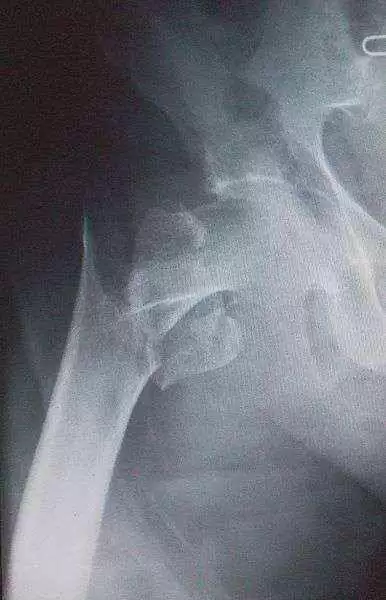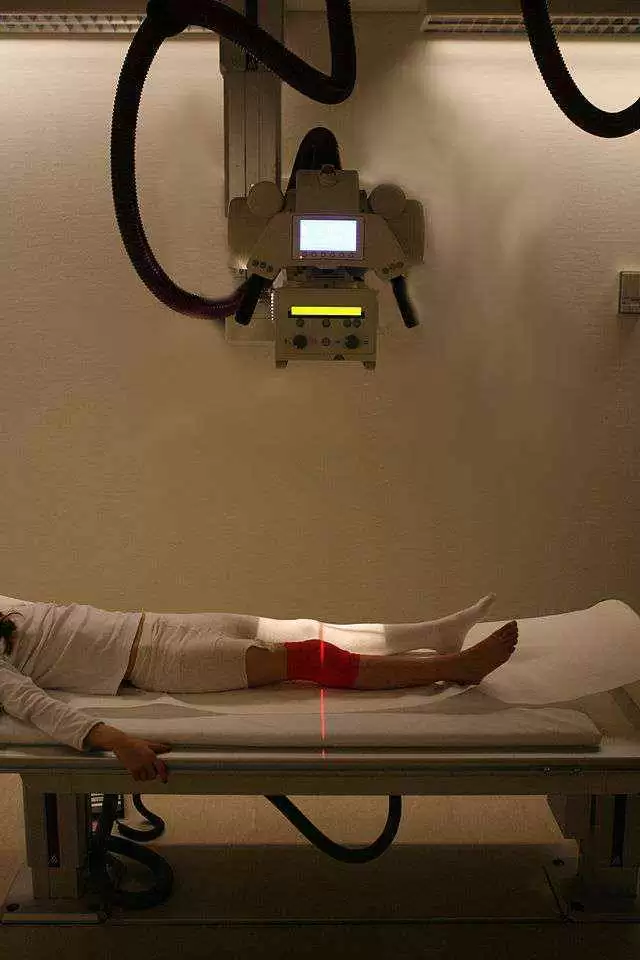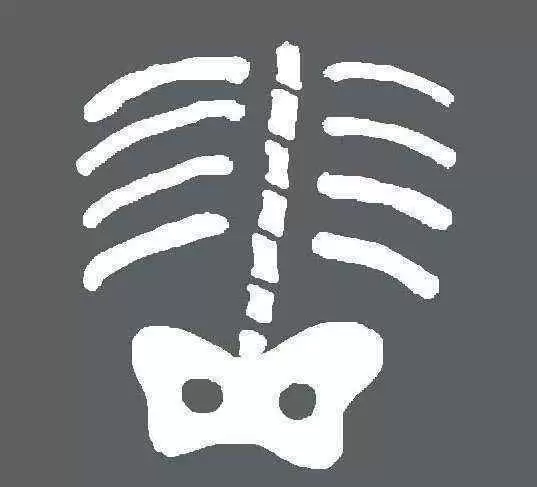
Celiac.com 12/24/2018 - People with celiac disease, including adults with subclinical celiac disease, have low bone mineral density (BMD), deteriorated bone microarchitecture and meta-analysis show an increased risk of fracture. Immunoglobulin A (IgA) against transglutaminase 2 (IgA TG2) is a highly reliable marker to detect celiac disease.
A team of researchers recently set out to explore the prevalence of positive IgA TG2 and celiac disease in patients with distal radius and ankle fracture compared to community-based controls.
Celiac.com Sponsor (A12):
For their study case-controlled study, the researchers enrolled our hundred patients aged 40 years or above with distal fractures. The team used the National Population Registry to identify about 197 control subjects who had never suffered a fracture. The team measured BMD, and noted any comorbidities, medications, physical activity, smoking habits, body mass index (BMI) and nutritional factors. Blood analysis to detect common causes of secondary osteoporosis was performed.
They found that about 2.5% of the fracture patients had positive IgA TG2, compared to 1% in the control group. The odds ratio, adjusted for sex and age, of having positive IgA TG2 was 2.50 (95% CI 0.54–11.56).
They found that patients with fractures had no significantly greater odds of celiac disease than control subjects. However, results do indicate that positive IgA TG2 is more common in fracture patients than in control subjects.
This study does not point to any need for universal screening for celiac disease in fracture patients, but it does support the current clinical practice in Norway of looking for celiac disease in patients with fracture, osteoporosis and other risk factors for celiac disease.
Read more at Tandfonline.com
https://doi.org/10.1080/00365521.2018.1509122
The research team included Anja M. Hjelle, Ellen Apalset, Pawel Mielnik, Roy M. Nilsen, Knut E. A. Lundin & Grethe S. Tell. They are variously affiliated with the the Department of Rheumatology, Division of Medicine, District General Hospital of Førde, Førde, Norway; Department of Global Public Health and Primary Care, University of Bergen, Bergen, Norway; the Department of Global Public Health and Primary Care, University of Bergen, Bergen, Norway; the Bergen group of Epidemiology and Biomarkers in Rheumatic Disease (BeABird), Department of Rheumatology, Haukeland University Hospital, Bergen, Norway; the Department of Rheumatology, Division of Medicine, District General Hospital of Førde, Førde, Norway; the Faculty of Health and Social Sciences, Western Norway University of Applied Sciences, Bergen, Norway; the Department of Gastroenterology, Oslo University Hospital Rikshospitalet, Oslo, Norway; KG Jebsen Coeliac Disease Research Centre, University of Oslo, Oslo, Norway; and the Department of Global Public Health and Primary Care, University of Bergen, Bergen, Norway.








Recommended Comments
There are no comments to display.
Create an account or sign in to comment
You need to be a member in order to leave a comment
Create an account
Sign up for a new account in our community. It's easy!
Register a new accountSign in
Already have an account? Sign in here.
Sign In Now